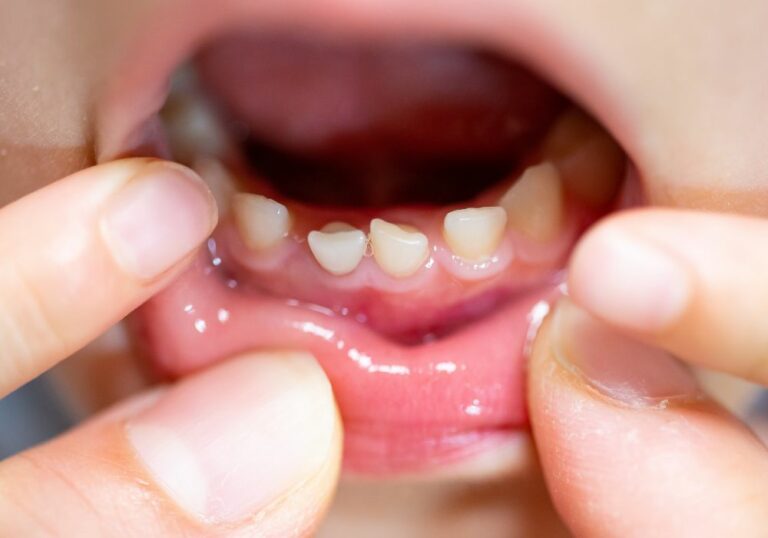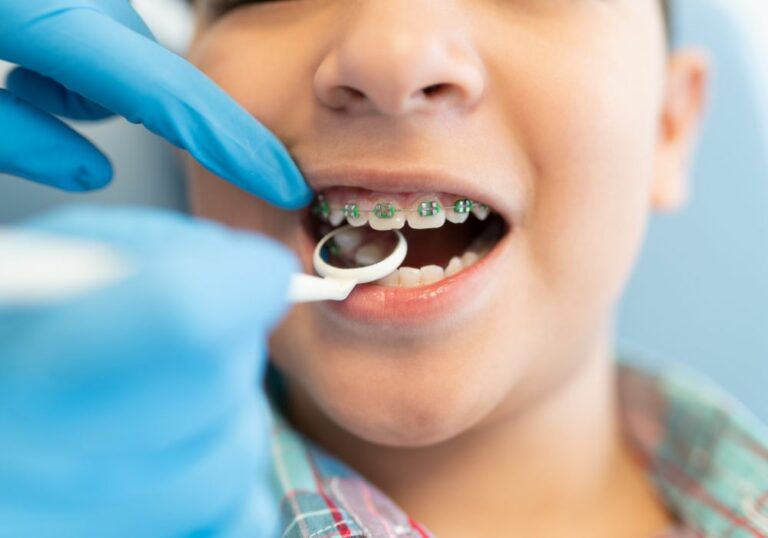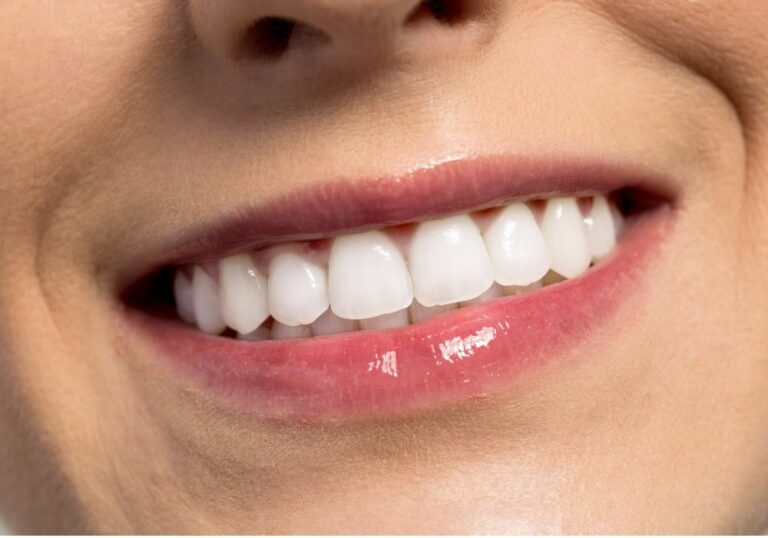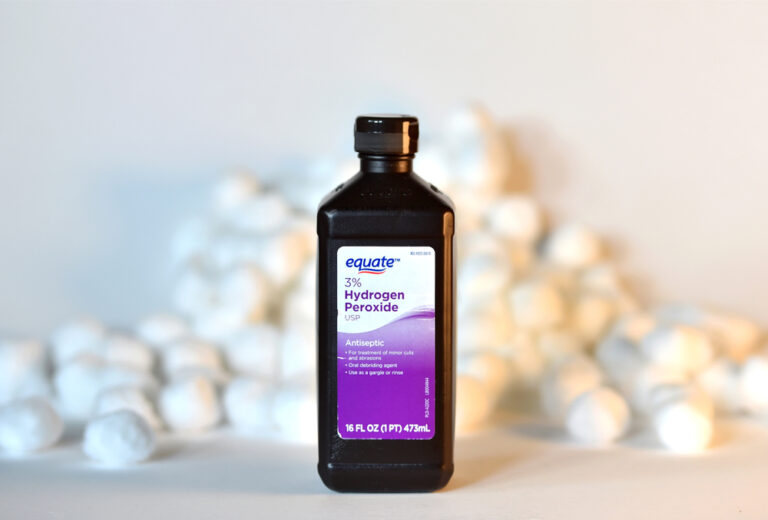Proper dental care is crucially important for your dog’s overall health and wellbeing. Over time, plaque and tartar can silently build up on your dog’s teeth. Plaque is a sticky film composed of food particles, saliva, and bacteria. If allowed to accumulate, it can harden into tartar, also known as calculus. Both plaque and tartar can lead to periodontal disease if left untreated. Periodontal disease is inflammation and infection of the tissues surrounding the teeth. It affects over 80% of dogs by the time they are 3 years old. Periodontal disease is not just a cosmetic issue – it is painful for dogs and can lead to tooth loss, infections spreading through the bloodstream to organs like the heart and kidneys, and even premature death in severe cases. Therefore, getting plaque and tartar off your dog’s teeth regularly is critically important to prevent periodontal disease and maintain good oral health. Here are some of the most effective ways to thoroughly yet gently remove plaque from your dog’s teeth:
Brushing Your Dog’s Teeth – The Gold Standard
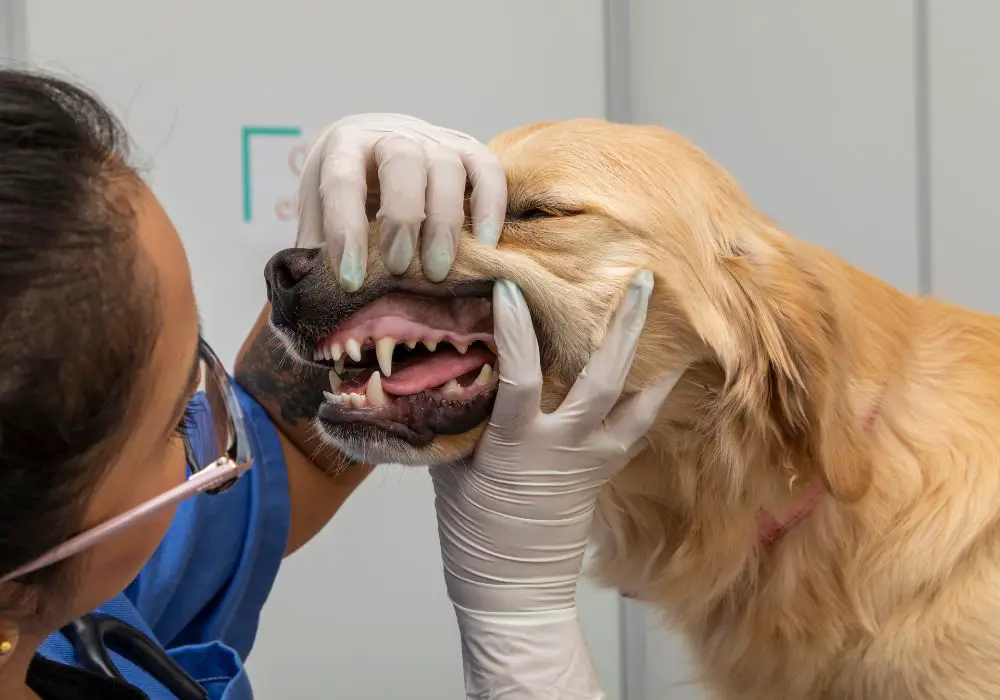
One of the absolute best ways to remove plaque from your dog’s teeth before it turns into tartar is by brushing them. Veterinarians widely agree that daily tooth brushing is the single most effective way to reduce plaque buildup and prevent periodontal disease in dogs. The mechanical abrasive action of brushing physically helps scrub away and disrupt soft plaque before it can harden into tartar. Brushing also provides the most thorough cleaning of hard-to-reach surfaces between teeth and along the vulnerable gumline where periodontal disease takes hold. Here are some helpful tips for brushing your dog’s teeth effectively:
- Use a soft-bristled toothbrush designed just for dogs. Do not use human toothbrushes – they are too large for a dog’s mouth and the bristles are too hard, which can scratch the enamel of your dog’s teeth. Look for angled, double-headed, or finger toothbrushes made specifically for dogs. Replace the brush every 1-2 months or when bristles appear frayed.
- Use dog-safe toothpaste. Human toothpastes contain detergents and foaming agents that could upset your dog’s stomach if swallowed. Only use toothpastes formulated specifically for dogs. Enzyme-based toothpastes made with natural ingredients like brewer’s yeast, enterococcus faecium, and lysozyme work well. Look for poultry, malt, or meat flavors that your dog will like.
- Gently brush along the gumlines. That is where plaque tends to accumulate heavily. Use gentle circular motions and short strokes. Avoid scrubbing too vigorously, which can damage gums.
- Build up brushing duration. Start with just 30 seconds of brushing and work up to 2-3 minutes once your dog is accustomed to the process. Break up the brushing into short sessions if needed.
- Focus brushing on the outside surfaces. The inner surfaces of teeth get somewhat naturally scrubbed by chewing and saliva flow. Make sure to brush outer surfaces, especially along the gumline and where teeth touch.
- Brush daily for the best plaque prevention. Daily brushing is much more effective than sporadic brushing when it comes to disrupting plaque before it hardens into tartar. Even brushing 2-3 times a week is far better than no brushing at all. But daily is ideal.
- Make it a calm, positive experience. Go slow and give your dog copious praise, treats, cuddles, and toys during and after brushing sessions so they learn to accept and even look forward to these valuable bonding sessions with you.
- Gradually get your dog used to brushing. Introduce it in short sessions over a 2-3 week period. Let your dog sample the dog toothpaste first. Next just rub their teeth and gums with your finger before bringing in the toothbrush. Take it step by step until your dog is comfortable with full brushing.
While daily tooth brushing is the gold standard dental care for dogs, some dogs simply will not tolerate having their teeth brushed no matter how positively it is introduced. In those cases, dental chews and professional cleanings become even more important.
Dental Chews and Treats – A Helpful Supplement
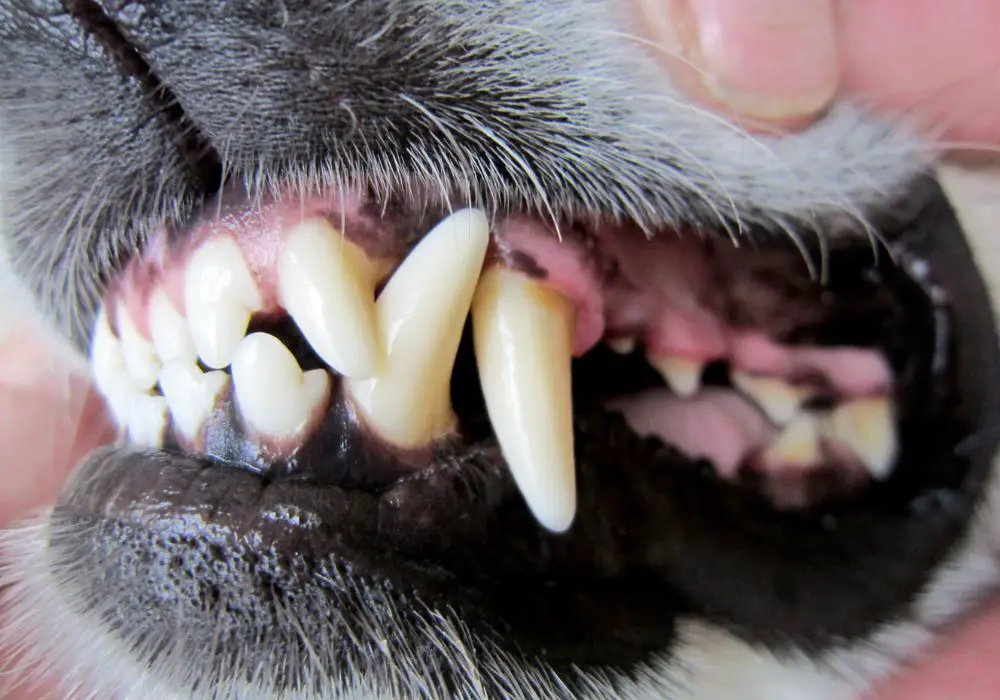
Giving your dog specially formulated dental chews and treats can provide a good supplement to brushing by helping scrape away soft plaque and tartar while your dog chews. The American Veterinary Dental College acknowledges that some dental chews can be beneficial when used along with brushing and professional cleanings. Options include:
- Enzyme chews. These chews contain enzymes that help break down plaque. They often contain natural ingredients like brewer’s yeast, enterococcus faecium, lysozyme, and lactoferrin. Give 1-2 chews daily.
- Abrasive chews. Chews made with abrasive ingredients like poultry skin, nylon fibers, polyphosphate compounds, or delmopinol work like fine sandpaper to mechanically rub away plaque. Give 1 abrasive chew 2-3 times per week. Monitor for excessive tooth wear.
- Compressed vegetable fiber chews. These dental sticks are made of very dense vegetable fibers in textures engineered to rub off plaque as the dog chews. Give 1 dental stick daily.
- Dental diets. There are some prescription dry and wet dog foods formulated to help reduce plaque and tartar. Your veterinarian can recommend an appropriate dental diet based on your dog’s needs.
The key is moderation. While dental chews can provide a helpful supplement to brushing, they typically cannot remove plaque from under the gumlines. And overly vigorous chewing of hard objects can actually lead to tooth fractures. Chews should not replace brushing entirely. Work with your vet to find the right dental chews and treats for your dog’s needs.
Professional Veterinary Dental Cleanings
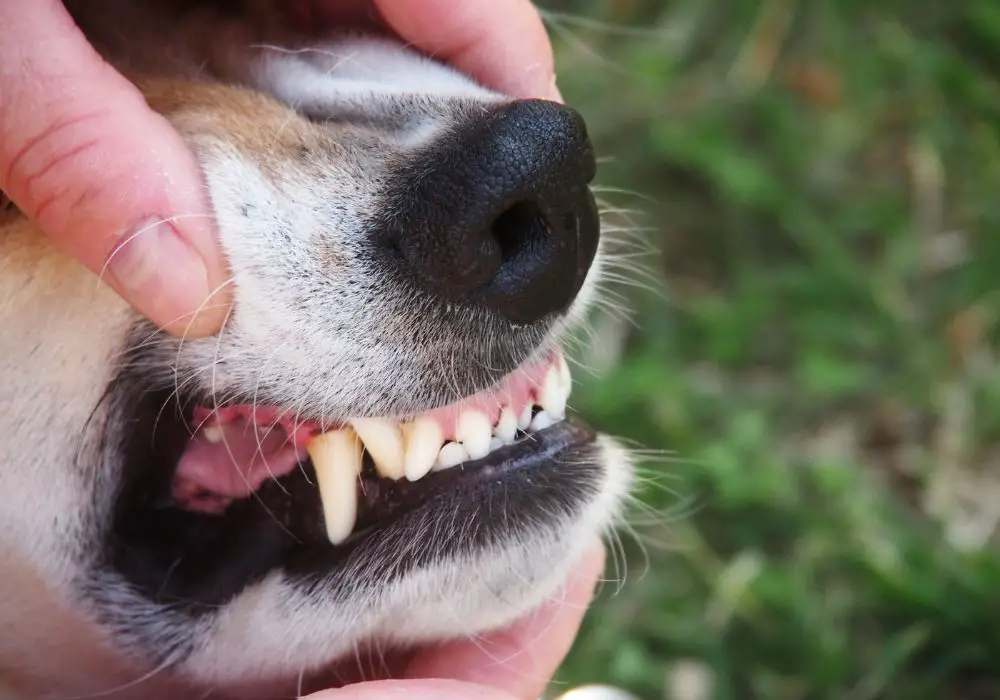
For dogs with significant plaque and tartar buildup, especially mineralized tartar below the gumlines, a thorough professional dental cleaning performed under anesthesia by your veterinarian is the safest and most effective way to remove it. While expensive, professional dental cleanings are often crucial for optimal oral health. The process includes:
1. Pre-anesthetic exam and bloodwork to ensure your dog is healthy enough for anesthesia. Older dogs may need preliminary treatment for any underlying conditions first.
2. General anesthesia so your dog is fully asleep and relaxed while the intensive cleaning is performed. This allows the vet full access to all areas without discomfort.
3. Scaling and polishing above and below the gumlines to remove all soft and hardened plaque and tartar, even in hard to reach areas between teeth and below the gums. Ultrasonic dental scalers and hand instruments are used.
4. Fluoride treatment is often applied after cleaning to help strengthen enamel.
5. Dental radiographs may be taken to check for abnormalities below the gumlines and ensure no deep pockets of infection remain. This allows assessment of tooth roots and surrounding bone.
If any severely damaged or infected teeth are found, they are often extracted during the cleaning process to prevent further issues. After professional cleaning, it takes about 48 hours for plaque to start reforming on the smooth, clean tooth surfaces. Keeping up with brushing and other home care between veterinary cleanings is key. Most dogs need professional dental cleanings every 6-12 months, though severe tartar buildup may require more frequent cleanings.
Other Tips for Controlling Plaque at Home
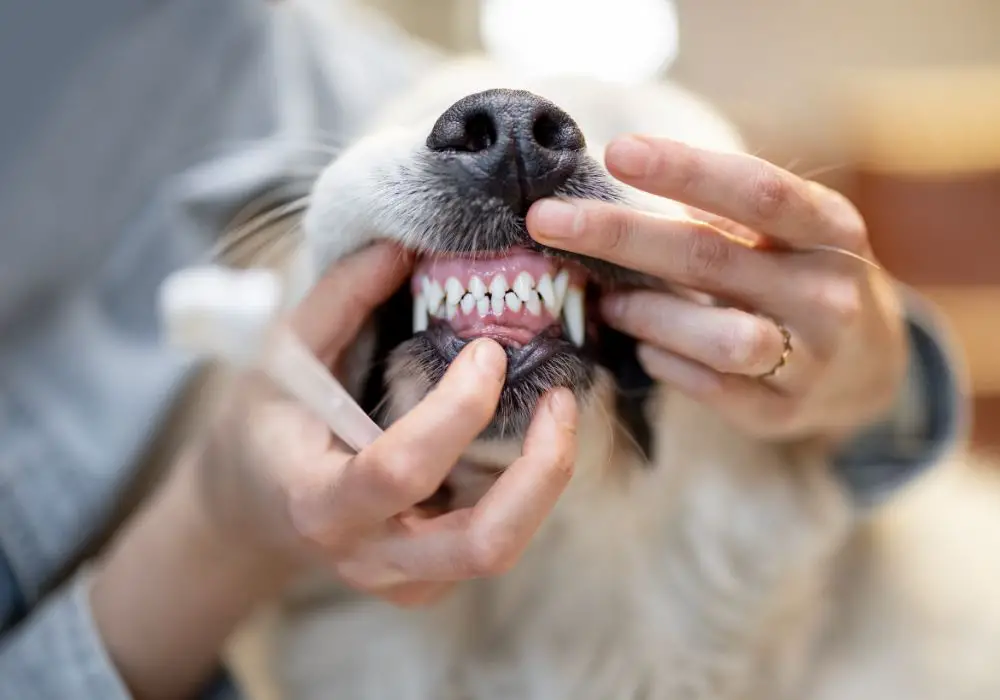
In addition to brushing, dental chews, and professional cleanings, here are some other helpful tips for removing and controlling plaque on your dog’s teeth:
- Give raw meaty bones to chew on. Gnawing on raw bones like marrow bones or lamb femurs can help mechanically scrape off soft plaque. Always supervise to avoid choking hazards.
- Use veterinary oral rinses. There are antiseptic dog oral rinses formulated to help reduce bacteria and associated plaque. They often contain chlorhexidine. Use oral rinses as directed after brushing.
- Consider dental water additives. Some dental water additives can help slow down biofilm formation on teeth between brushing or professional cleanings. Discuss options with your veterinarian first.
- Feed kibble rather than canned food. The abrasive action of dry kibble helps rub off a little bit of plaque as your dog chews. Choose larger chunks of kibble for more scrubbing action on teeth.
- Avoid sharing utensils. Sharing food and water bowls with other pets can spread bacteria that contribute to plaque. Give each pet their own fresh bowls.
- Schedule regular vet dental checkups. Your vet can monitor for any signs of plaque buildup, gum disease, or other problems starting. Catching issues early is key.
By diligently using a combination of these preventive plaque control techniques, you can help keep your dog’s teeth clean and reduce the risks of painful periodontal disease. Be sure to brush or use chews daily, and schedule professional veterinary cleanings as often as your vet recommends. Your dog’s oral health is worth the effort!
Conclusion
In conclusion, plaque and tartar buildup can be effectively removed from your dog’s teeth through a combination of regular at-home brushing, veterinarian-prescribed dental chews, and professional cleanings and polishing. Daily tooth brushing with dog-safe toothpaste and brush is the single best way to disrupt plaque before it hardens into tartar, especially along the vulnerable gumlines. Dental chews help supplement but should not replace brushing. Professional dental cleanings under anesthesia are critical for removing mineralized tartar above and below the gumlines. Combining these methods provides the most thorough oral care for your dog. Schedule regular veterinary dental exams and cleanings as needed so any problems can be addressed promptly. With diligent dental care, your dog can avoid the pain and health risks of plaque buildup and enjoy better overall wellbeing and quality of life.
Expanded Frequently Asked Questions
How often should I brush my dog’s teeth for optimal oral health?
Ideally, you should brush your dog’s teeth every day to prevent plaque and tartar buildup. Daily brushing is the single most effective way to reduce plaque bacteria, disrupt plaque before it turns into tartar, and clean hard-to-reach tooth surfaces. If daily brushing is not possible, aim to brush your dog’s teeth a minimum of 2-3 times a week for some benefit. Any brushing is better than none! Work up to daily sessions for optimal oral health.
What is the best type of dog toothbrush and toothpaste to use?
Look for a soft-bristled toothbrush specifically designed for a dog’s mouth, often with angled dual heads or finger pockets. Avoid using human toothbrushes. Dog enzymatic toothpastes in meat, poultry, or malt flavors are ideal. NEVER use human toothpaste, which contains detergents and high fluoride levels that can make your dog sick if swallowed. Dog toothpastes are edible.
Can dental chews replace brushing?
Dental chews can help remove some soft plaque but they do not clean as thoroughly or effectively as daily brushing, especially below the gumlines. For best results, use dental chews to supplement brushing but not replace it entirely. Combining mechanical brushing with chemical enzymatic chews provides more complete oral care.
How often should my dog receive professional veterinary dental cleanings?
Most dogs need a professional dental cleaning and polishing under anesthesia by a vet every 6-12 months. Dogs with severe tartar buildup or periodontal disease may need cleanings more often, even every 3-4 months in some cases. Your vet will examine your dog’s mouth and make recommendations based on their unique needs.
What home remedies can I try if my dog absolutely refuses to have her teeth brushed?
If your dog will not tolerate brushing no matter how positively it is introduced, reach for enzymatic dental chews every day to help counter plaque bacteria. Also use oral rinses and dental water additives recommended by your veterinarian. Increase professional cleanings to every 4-6 months. And keep trying to get your dog comfortable with brushing through positive reinforcement – be patient and go slowly. Proper dental care is so crucial for your dog’s health.
Are Greenies or other hard dental chews safe for dogs?
Very hard chews like Greenies may pose choking hazards or even tooth fracture risks for aggressive chewers. Look for softer dental chews labeled by the Veterinary Oral Health Council as approved to control plaque and tartar. Avoid any chew that seems to wear down teeth. And always supervise your dog with any chew.
Let me know if you would like me to expand on any part of the article further. I aimed to provide comprehensive details on effectively removing plaque from dogs’ teeth through various methods. Please advise if you need any clarification or have additional questions!

